A Report on Dimensions of National Culture and its Leadership Impact
VerifiedAdded on 2023/06/05
|5
|860
|310
Report
AI Summary
This report examines the intricate relationship between national culture dimensions and leadership styles, emphasizing how cultural norms, beliefs, and traditions influence leadership behaviors. It explores various cultural dimensions, including power distance, individualism versus collectivism, and uncertainty avoidance, drawing upon Hofstede's cultural dimensions theory and GLOBE study to highlight their impact on leadership effectiveness. The report also discusses different leadership behaviors such as value-based, team-oriented, and participative leadership, advocating for the adoption of participative and team-oriented approaches to foster employee motivation and achieve organizational goals. Ultimately, the report concludes that leaders must consider national culture dimensions when selecting appropriate leadership styles to ensure effective task accomplishment and positive organizational culture. Desklib offers a wealth of similar resources for students seeking to deepen their understanding of leadership and cultural dynamics.
1 out of 5
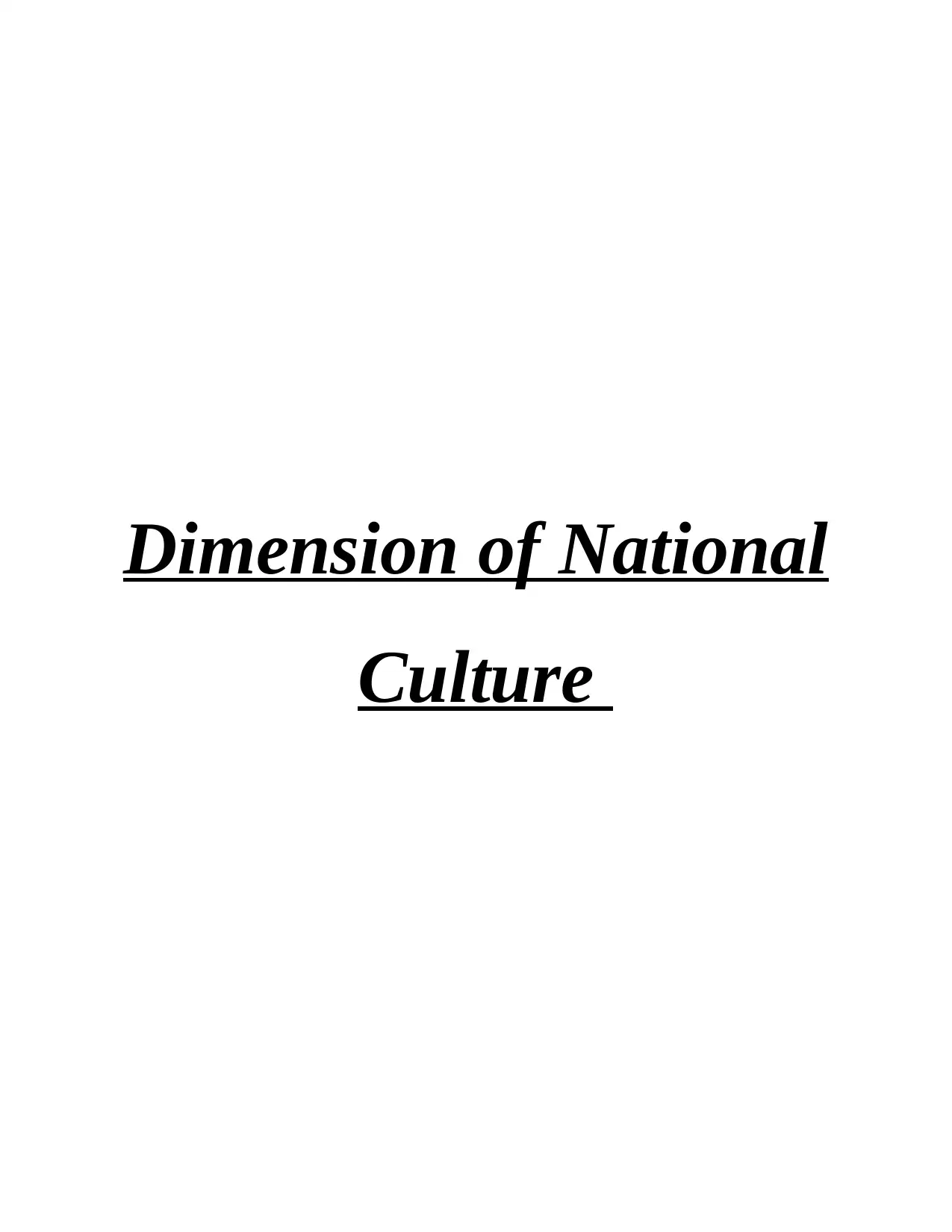
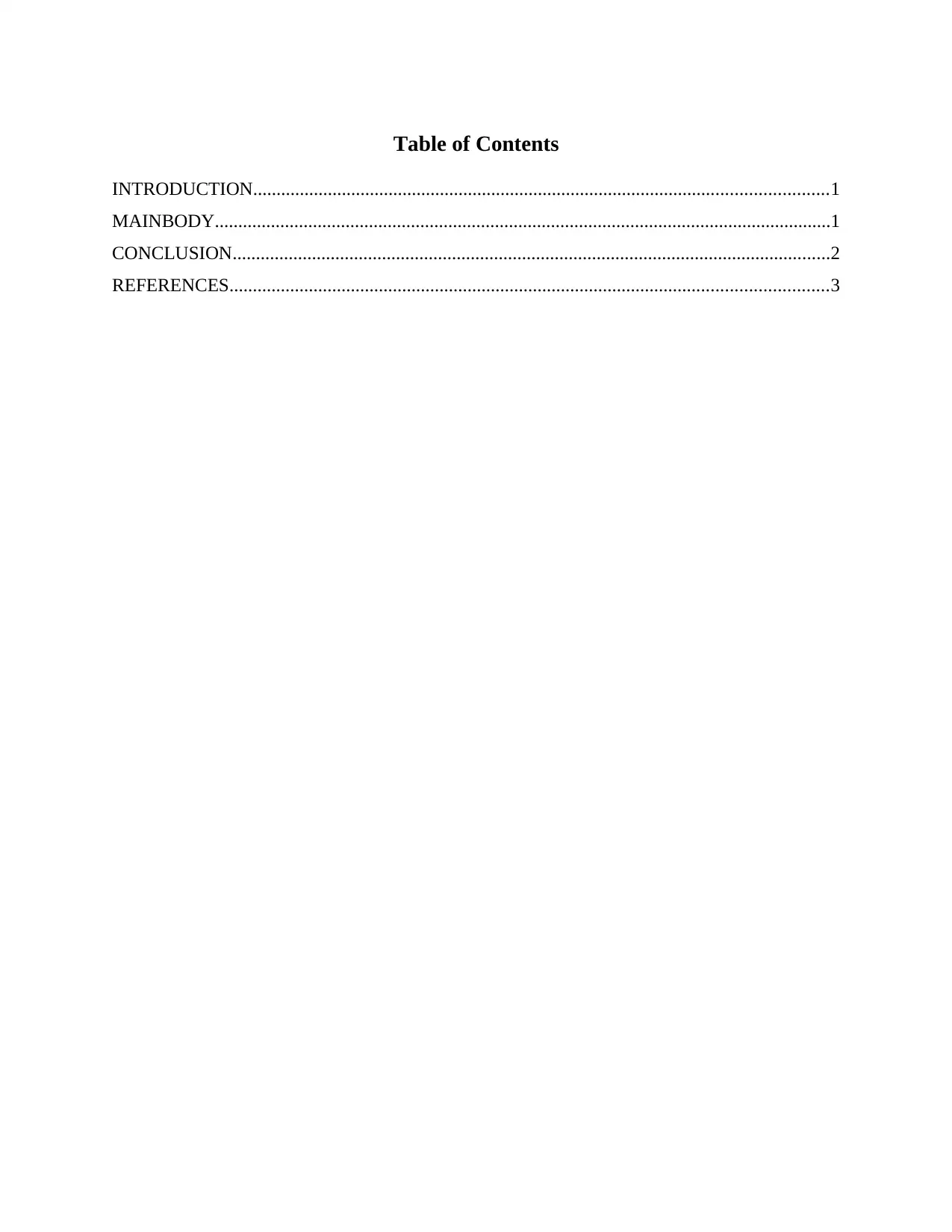
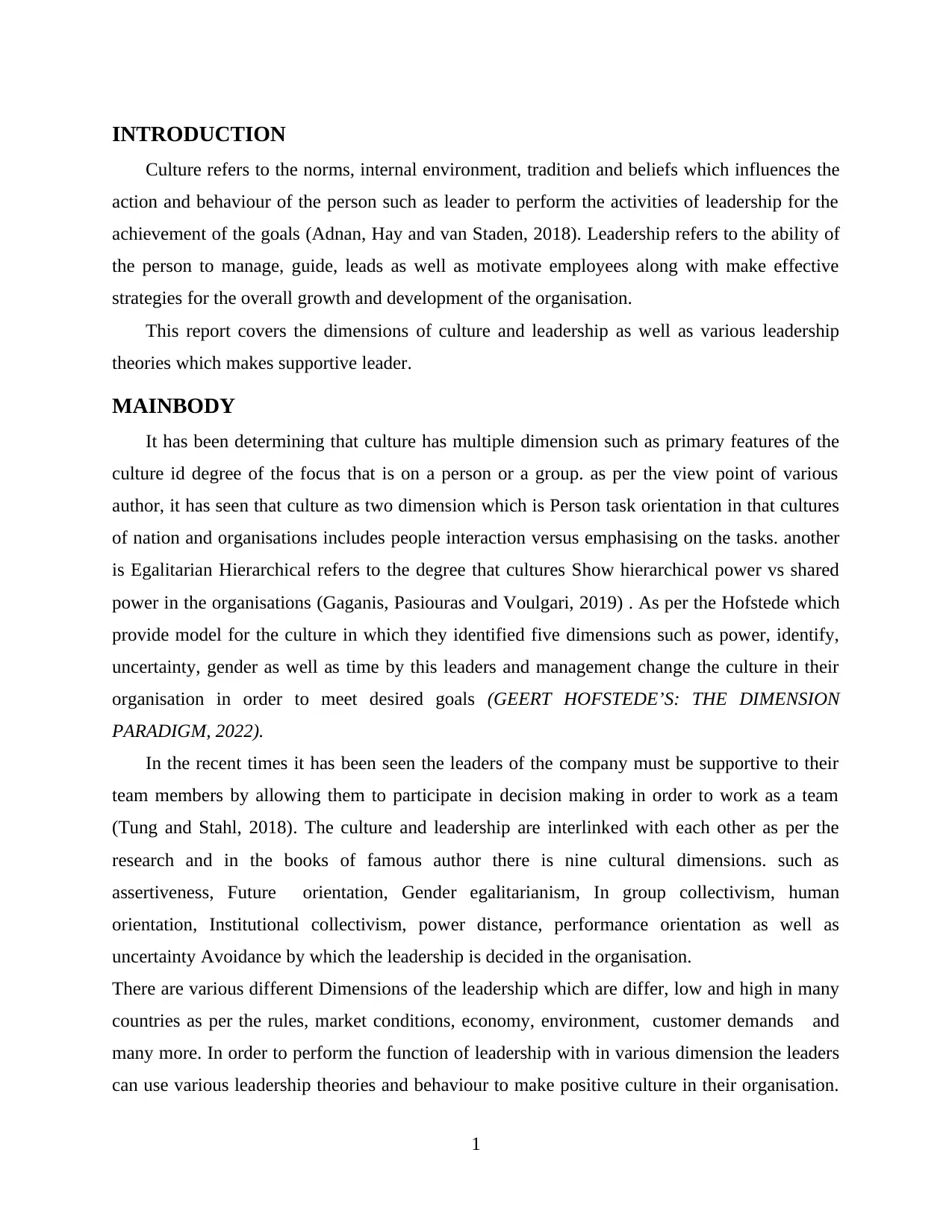

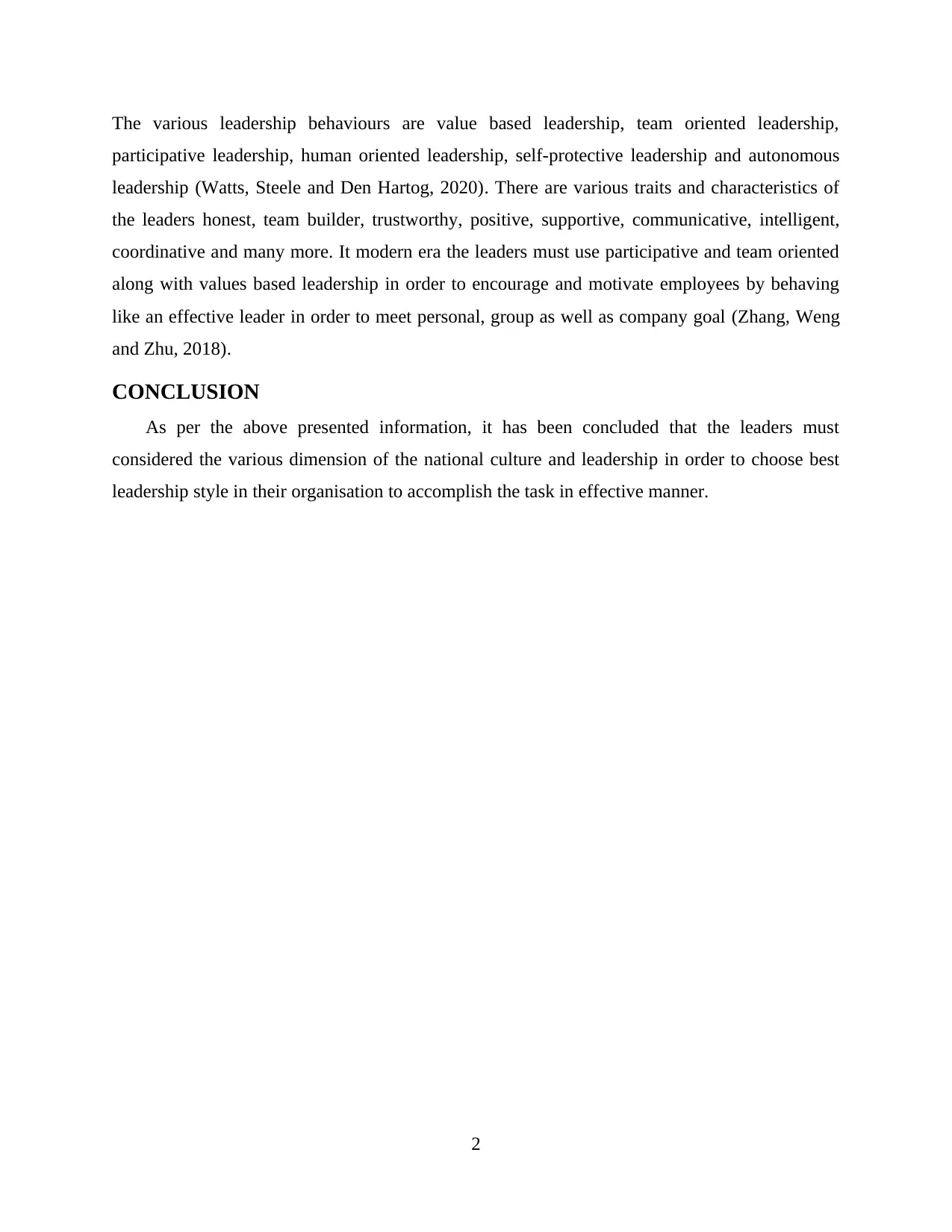
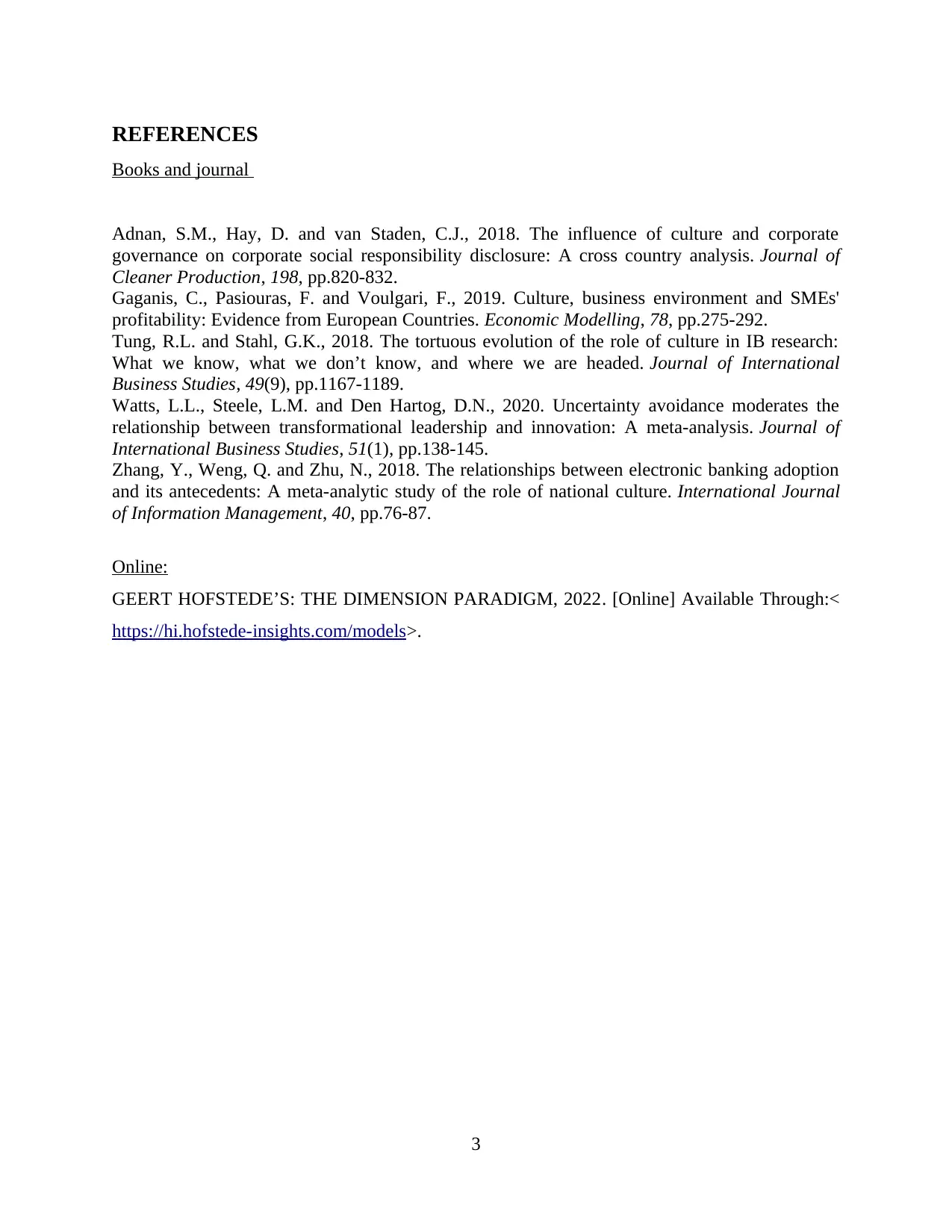






![[object Object]](/_next/static/media/star-bottom.7253800d.svg)